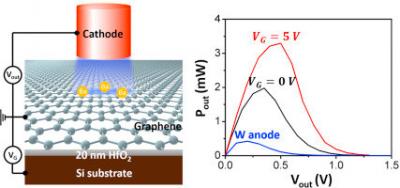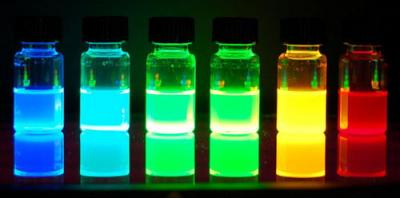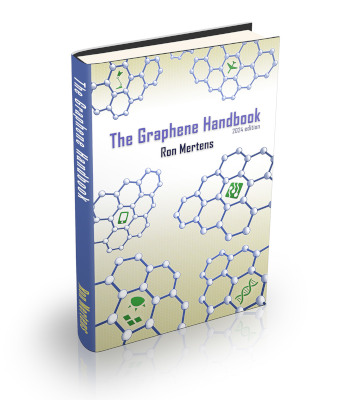Researchers at Stanford University have recently demonstrated a graphene-based high efficiency thermal-to-electricity conversion technology, called thermionic energy convertor. By using graphene as the anode, the efficiency of the device is increased by a factor of 6.7 compared with a traditional tungsten anode. This technology can work in a tandem cycle with existing thermal-based power plants and significantly improve their overall efficiencies.

Hongyuan Yuan and Roger T. Howe, among the leading researchers in the Stanford team, explain that one of the major challenges for wide adoption of TECs is high anode work function, which directly reduces the output voltage as well as the net efficiency. The theoretical maximum efficiency for a TEC with a 2 eV work function anode is 3% at a cathode temperature of 1500 K, compared to an astonishing 10-fold increment to 32% with a 1 eV work function anode.







